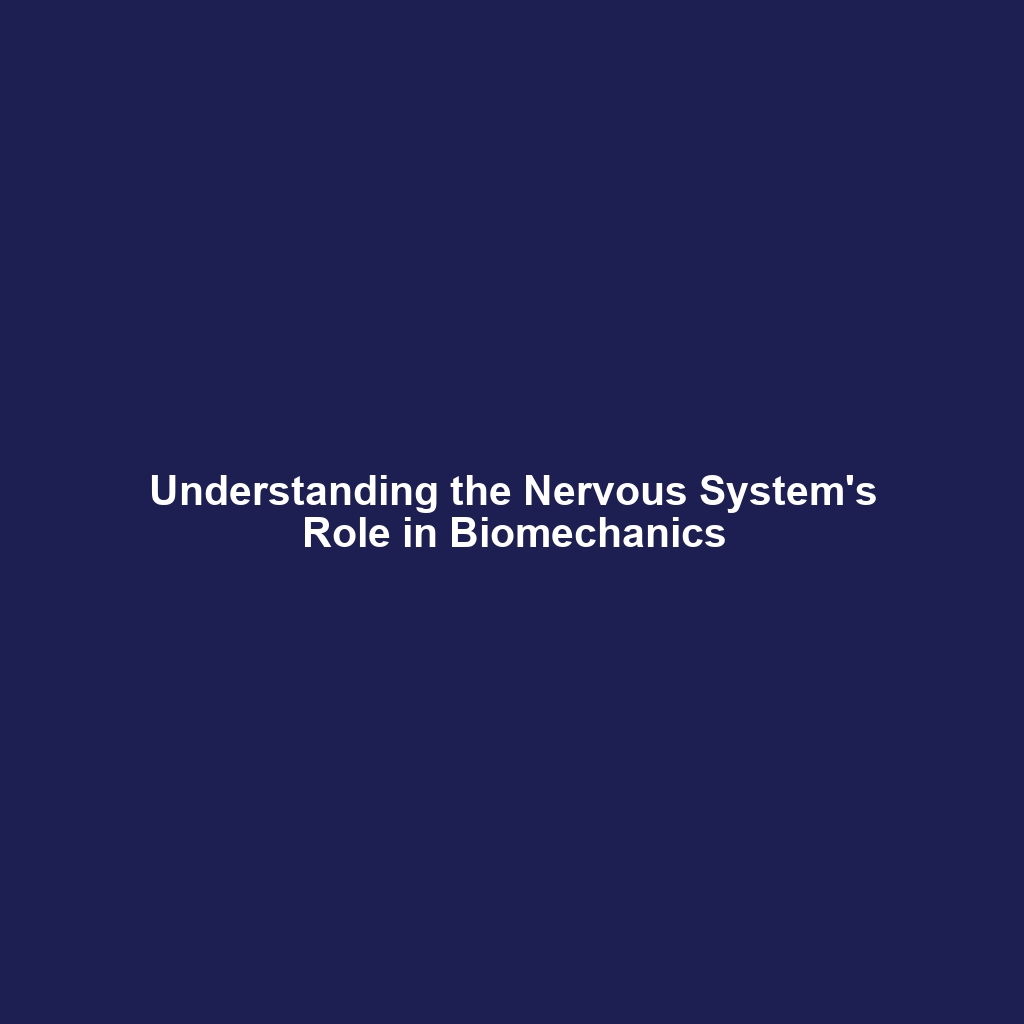Theories on How Intermediate Black Holes Form
Understanding the formation of intermediate black holes is a critical area of research within astrophysics. These black holes, with masses ranging from hundreds to thousands of solar masses, serve as a bridge between stellar black holes and supermassive black holes found at the centers of galaxies. Their existence poses significant questions regarding our understanding of black hole formation, evolution, and dynamics in the universe. This article delves into the various theories surrounding the formation of intermediate black holes, revealing their importance in the broader context of black holes.
Key Concepts
Several theories attempt to explain how intermediate black holes form, each with its own implications and relevance in the field of black holes:
1. Direct Collapse Model
This theory suggests that intermediate black holes could form from the direct collapse of massive gas clouds in primordial environments. In scenarios where conditions are right, instead of forming stars first, matter can coalesce to form black holes directly.
2. Stellar Merger Scenario
Another theory posits that intermediate black holes are born from the mergers of smaller stellar black holes. As these black holes collide in dense stellar environments, they can produce more massive black holes, eventually leading to the formation of intermediate black holes.
3. Growth by Accretion
Intermediate black holes can also increase in mass over time through accretion of surrounding material, including gas and dust. This process allows them to grow significantly larger, potentially reaching the mass range classified as intermediate black holes.
Applications and Real-World Uses
The study of intermediate black holes has exciting implications across various fields of astrophysics:
- Understanding the role of intermediate black holes in galaxy formation helps researchers comprehend cosmic structure evolution.
- Studying gravitational waves from black hole mergers can provide insights into black hole demographics and formation pathways.
- Applications of intermediate black hole theories extend into fields like cosmology and quantum gravity, fostering advancements in theoretical physics.
Current Challenges
Despite extensive research, several challenges remain in studying the theories on how intermediate black holes form:
- Data scarcity: Few intermediate black holes have been observed, making it difficult to test and confirm theories.
- Theoretical uncertainty: Competing models may lead to confusion in understanding actual formation processes.
- Technological limitations: Current observational technology limits our ability to detect and study these elusive phenomena.
Future Research and Innovations
The quest to understand intermediate black holes continues to evolve with potential future innovations:
- Next-generation telescopes, such as the James Webb Space Telescope, aim to provide deeper insights into the early universe and possible sites for black hole formation.
- Advanced simulations and modeling techniques could help predict the behavior and growth patterns of intermediate black holes.
- Collaboration between theoretical and observational astrophysics is expected to yield breakthroughs in understanding the life cycles of these enigmatic objects.
Conclusion
Theories on how intermediate black holes form offer critical insights into astrological dynamics, emphasizing their significance in the understanding of black holes as a whole. As research advances, the challenges faced in uncovering the mysteries of these black holes may lead to groundbreaking developments in astrophysics. For more information on different types of black holes and the physics behind their formation, check out our articles on supermassive black holes and stellar black holes.





